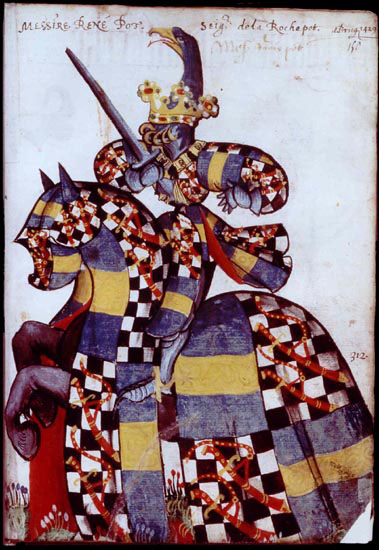| home | projects | project team | events | gallery | cooperations | publications | resources | media | contact | |||
Stefan DoneckerChroniclers, Crusaders, and the Last Pagans of Europe
|
  → Christian communities and their media,M. Pollheimer → Semantics and narratives of ethnicity, C. Grifoni → Regional and ethnic identities in Roman and post-imperial Europe, K. Winckler → Regional and ethnic identities in Roman and post-imperial Europe, R. Steinacher → Identity, material objects and cultural transfer, F. Conselvan → Columbanus and the Politics of Exile, A. O'Hara → Die Fredegar-Chronik, A. Fischer → The Bible as a Repository of Identities in Early Medieval Historiography, P. Dörler → Imperial Carolingian identity in ninth-century Italy, C. Gantner → Bible Manuscripts as Modes of Perception, M. Tischler → State, Taxation and Power in in Late Roman West A.D. 300-700, P. Tedesco → Problem of the Ethnic Identity in Bohemia during the rule of Premyslid, D. Kalhous → Hunting and elite cohesion, H. Barak → Chroniclers, Crusaders, and the Last Pagans of Europe, S. Donecker
|
||
